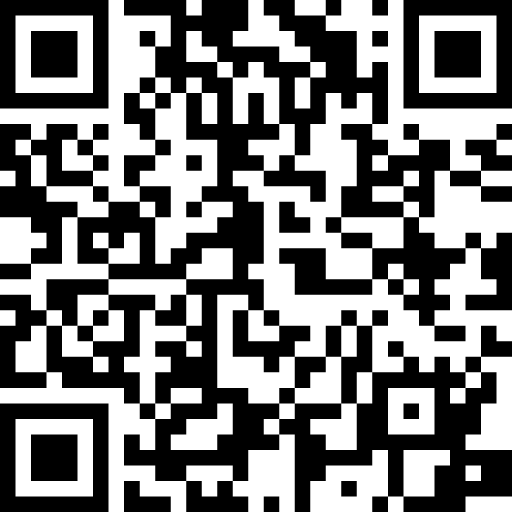What is Tezos?
There is a lot of interest in the price of Tezos, but first here are some basics:
Tezos is a self-amending decentralized platform for building dApps. It’s similar to Ethereum in a way that both blockchains support dApps built using smart contracts. Tezos, however, has a few unique features that distinguish it from Ethereum. The most notable one is the network’s on-chain governance, which allows holders of XTZ, Tezos’ native coin, to vote on the network’s future direction.
The voting feature is designed to avoid the splitting of the community that usually results in hard forks or the depreciation of its cryptocurrency. The self-amending nature of Tezos’ protocol means that the blockchain is much easier to upgrade and is always open to adding the latest innovations to its network.
Who is behind Tezos?
Tezos was founded by a husband and wife team – Arthur Breitman and Kathleen Breitman. While the project was Arthur Breitman’s idea, the two have now joined forces and are working from a San Francisco office.
Arthur Breitman (CTO) has valuable experience working for some of the largest financial establishments, such as Morgan Stanley and Goldman Sachs. A computer scientist and mathematician by training, he has closely followed the historic rise of Bitcoin, observing the network’s “inability to evolve” that led to several hard forks. Tezos is his solution to Bitcoin’s inflexibility.
Kathleen Breitman (CEO) also has solid experience in the financial industry. She has previously worked for well-known companies, including Bridgewater Associates and R3, where she gained deep insights into the distributed database technology.
Tezos project has also received some significant funding. Tim Draper, a well-known venture capitalist, contributed $1.5 million to help the network pay for the operating fees and now holds a 10% stake in Dynamic Ledger Solutions (DLS), a company founded by Arthur Breitman that owns the rights to Tezos’ code. On top of that, Polychain Capital has also assigned some of its $10 million cryptocurrency fund to the project. Tezos ICO has raised $252 million worth of bitcoins and ether.
What is on-chain governance?
According to their website, “in Tezos, all stakeholders can participate in governing the protocol.”
While it is an extremely interesting concept, it’s still a rather wild experiment. The on-chain governance works similarly to a standard democratic process. Let’s say a developer proposes a change to the protocol that is supposed to improve the blockchain in some way. As they put the suggestion forward, they also attach an invoice for the proposed work – then all XTZ holders vote on the proposal. If the change passes the vote, it’s deployed to the test network. Once the proposed check is tested and does what it says on the tin, another vote takes place – if XTZ holders decide to keep it, the change is pushed to the main net.
The two biggest advantages of on-chain governance are the incentives structure for developers to continue proposing new ideas and improving the protocol and the democratic voting system that gives every stakeholder a voice and prevents network centralization.
What is Michelson?
One of the other key differences that set Tezos apart from the Ethereum network is Michelson, a unique language used to write smart contracts. It was invented by the Tezos development team to facilitate a process known as formal verification.
Formal verification is not a new process – in fact, it’s been used for years in industries where failure is simply not an option, such as medicine, nuclear reactors and the aviation industry. It’s a process that uses mathematical algorithms to prove the correctness of the logic behind a particular smart contract as well as to reduce bugs and vulnerabilities. By employing this technique, Tezos can offer greater security and avoid costly bugs.
Tezos price summary and future
Soon after the close of its ICO, Tezos was hit by two consecutive lawsuits and lost the support from its community, with early investors rushing to sell out. However, despite the controversy and in-fighting over the past two years, the network seems to have emerged from the darkness, launching its beta in September 2018. Nevertheless, the network is largely unused at the moment, as the foundation struggles to attract partners and new dApps. But it has several factors working in its favor:
- Tezos’ ICO was one of the most successful in the crypto history, raising $232 million in BTC and ETH.
- The Tezos network has released its betanet and uses a bug bounty programme to speed up the process of solving the technical issues.
- The Tezos Foundation has announced research grants, partnering with a number of prestigious institutions, including Cryptium Labs, Cornell University, and France-IOI and INRIA. This highlights the foundation’s focus on education and research that will help propel the cryptocurrency’s mass adoption in the future.
Despite many hiccups, the network seems to be on the path of recovery.


